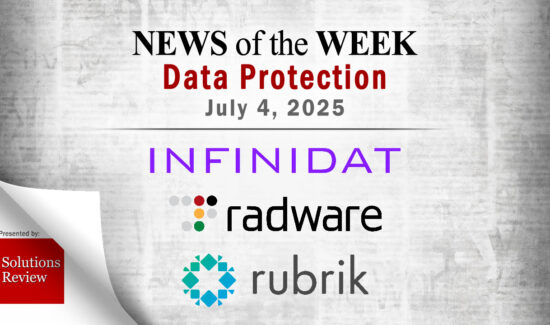Top Items to Consider When it Comes to Cloud Backup and Disaster Recovery

 Data backup and recovery solutions have evolved; instead of traditional tape and solutions that depend on hardware, the space is reportedly moving toward cloud-based tools. Still, there are many organizations that are hesitant to make the switch as there are lingering concerns about cloud transitions. If you’re tasked with implementing the best possible backup and disaster recovery solutions for your business, take a look at these top considerations:
Data backup and recovery solutions have evolved; instead of traditional tape and solutions that depend on hardware, the space is reportedly moving toward cloud-based tools. Still, there are many organizations that are hesitant to make the switch as there are lingering concerns about cloud transitions. If you’re tasked with implementing the best possible backup and disaster recovery solutions for your business, take a look at these top considerations:
Cost
If you’ve determined that you’d like to move your corporate data to the cloud, the next thing to do is ensure that your budget allows for it. Consider the cost for the backup and recovery of files, databases, server images and more. Do you have plans to scale in the future? Remember that this will cause your costs to increase when that time comes. It’s also important to keep in mind that there is a growing amount of data moving through the enterprise, which may eventually hit your business via new services and will also come with additional costs.
Backup speed
As data increases in volume and velocity, organizations need to accommodate it along with the necessary backup speed. Ensure the solution provider your business chooses offers a high-speed data transfer rate. Modern technology can move up to 5TB of data in 12 hours, according to gcn.com.
Recovery time objectives
How much downtime can your business afford, if any? It’s important to know this number so you’re able to set a recovery time objective, which can be minutes, hours or days. In doing so, you create guidelines for choosing a solution that will get your business back up and running before any real damage is caused. And keep in mind that the analyst firm IDC reported that the average cost of downtime is $100,000 per hour and most organizations deal with 10 to 20 hours of unplanned downtime annually.
User experience
When choosing an appliance-free, cloud recovery tool, make sure it’s manageable from anywhere. Users should be able to conduct a restore from any location, and innovative tools will allow a user to download files without recovering an entire server image, according to gcn.com. Live support, available at any time, should also be a key consideration.




















